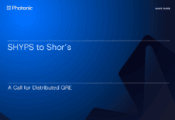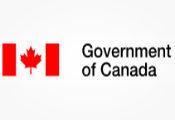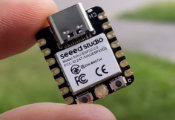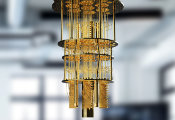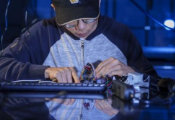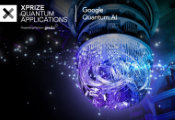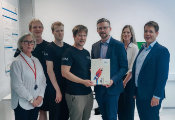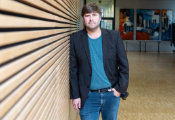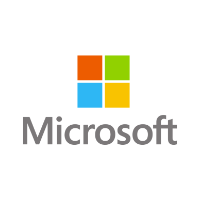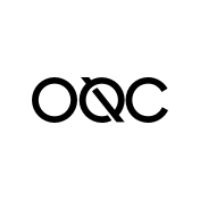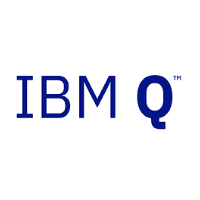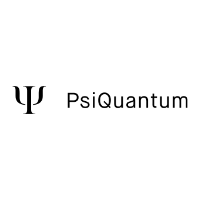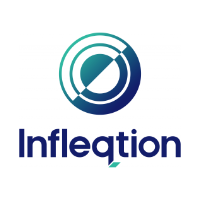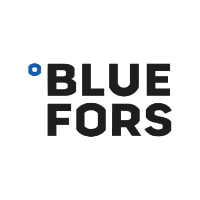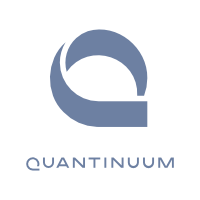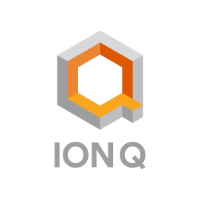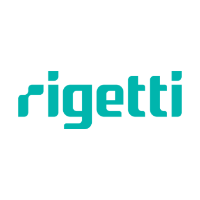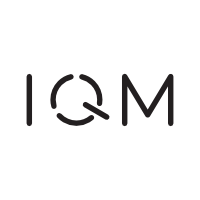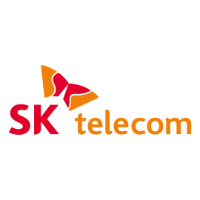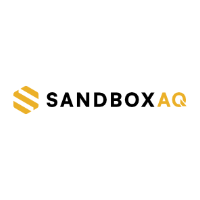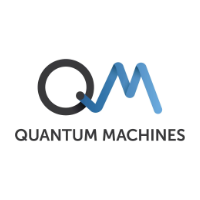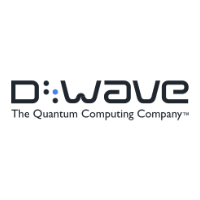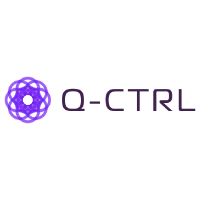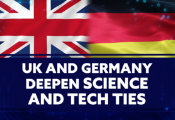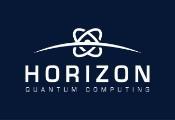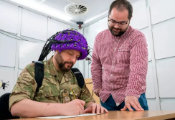Material Evaluation Technology to Support Large-Scale Quantum Computing
January 28, 2025 -- AIST researchers have developed a technique to evaluate the electrical properties of radio-frequency (RF) substrate materials under cryogenic conditions. They have developed a technique to evaluate the electrical properties of substrate materials in cryogenic environments.
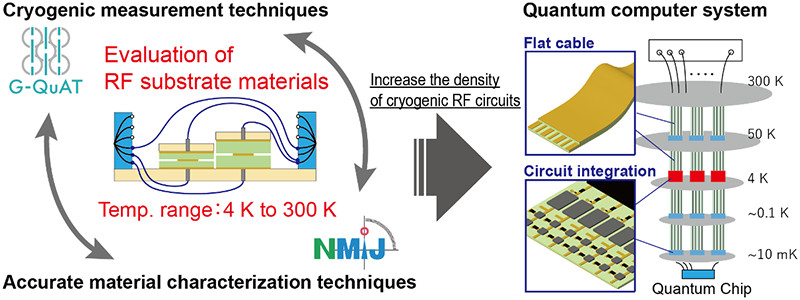
Quantum computers being developed around the world, especially those based on superconducting quantum circuits, transmit RF signals between cryogenic and room temperatures to control and read out qubits in cryogenic temperatures. Therefore, to realize a large-scale quantum computer, it is essential to increase the density of RF circuits operating in a cryogenic-temperature environment. At this time, electrical properties such as the substrate material used to mount the RF components greatly affect the characteristics of the entire circuit. However, there has been no technology to evaluate them in a cryogenic environments.
This time, AIST have developed a technology to accurately evaluate three material parameters (relative permittivity, loss tangent, and conductivity) that determine electrical properties in the temperature range of 4 K to 300 K by applying the balanced circular disk resonator method, which is used to evaluate radio-frequency substrate materials at around room temperature with high accuracy. This technology will accelerate the integration of RF components used at cryogenic temperatures and the development of high-density flat cables, thereby contributing to the realization of large-scale quantum computers.
Details of this technology were published as an Editor's Pick in Applied Physics Letters on January 15, 2025 (EST).
Companies and research institutes around the world are working on large-scale quantum computers, and in particular, quantum processors integrating several hundred qubits have been fabricated using superconducting quantum circuits. However, several challenges remain to be overcome in order to further increase the number of qubits and realize a practical level of quantum computer. One of them is to increase the density of RF circuits in cryogenic environments for connecting qubits at cryogenic temperatures to measurement devices at room temperature. Therefore, the integration of individual RF components (amplifiers, attenuators, filters, etc.) using RF substrate materials and the development of high-density flat cables are the most recent challenges.
Substrates for mounting RF components consist of a laminated structure of dielectric sheets and metal foil. Substrates used to form flat cables also consist of a similar multilayer structure. No technology has been established to determine the electrical properties of these laminated structures in the radio-frequency range in cryogenic environments, hindering the development of cryogenic RF components for use in quantum computers.

